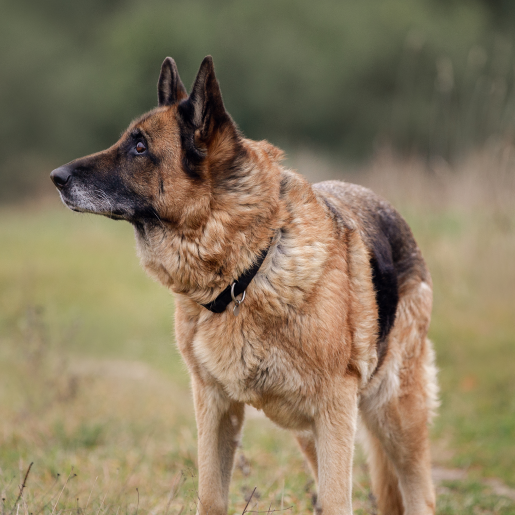Wobbler Syndrome
other name: cervical spondylomyelopathy Overview Wobbler Syndrome, or Cervical Spondylomyelopathy, is a condition characterized by spinal cord compression in the neck due to abnormal bone development, excessive soft tissue growth, and/or disc displacement. It’s most common in large and giant breed dogs, specifically Dobermans and Great Danes. Causes Wobbler Syndrome likely has several contributing factors, including … Read moreWobbler Syndrome









